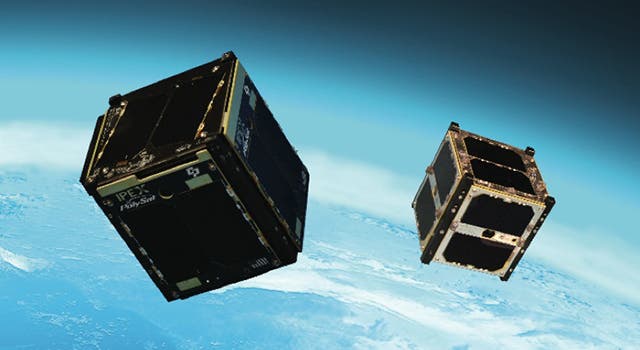In an important milestone for the African country, Kenya has finished building its first satellite, which will be launched from the International Space Station (ISS) in a few months. The satellite, which was developed in collaboration with Japan, puts Kenya in a select club of African countries.

The satellite was developed by the University of Nairobi (Kenya’s capital), with the help of the Sapienza University of Rome. The satellite, named 1KUNS-PF, was built with the purpose of monitoring farming trends and offering information on coastal evolution. In modern times, satellite imagery has proven instrumental in the improvement of farming practices and soil management.
1KUNS-PF is basically a 10 by 10 by 10 cm cube (a CubeSat), but Kenyan officials say it will only pave the way for a bigger monitoring satellite at some point in the future. In recent years, miniaturized satellites have been increasingly used in commercial missions, performing more and more complex tasks which previously required larger satellites.
The project was developed in cooperation with the Japanese Space Agency (JAXA), which also offered most of the funding. The entire thing cost 120 million Kenyan shillings, which is just under $1.2 million. University of Nairobi engineer Dr. Jackson Mwangi, who was involved in the satellite development, said the satellite had already been handed to JAXA.
“At Jaxa, we are committed to making every effort to prepare for the successful deployment of the Republic of Kenya’s first satellite utilising unique capability of the Japanese Experiment Module Kibo on the ISS,” said Koichi Wakata, JAXA’s ISS programme manager.

The satellite will be flown to the ISS in March, and from there, it will be launched into orbit through the Japanese robotic arm on the ISS. The Japanese Experiment Module nicknamed Kibo (きぼう), which means ‘hope’, is a is the largest single ISS module.
If successful, the launch will put Kenya in a select club of African countries which have managed to ever launch satellites into space. Up until now, only South Africa, Nigeria, Ghana, Algeria, and Egypt have satellites in space. Kenya’s space program, while still in its incipient phases, has great potential. As one of only a handful of equatorial states, and bordered to the east by the Indian Ocean, Kenya is ideally situated for a launch spaceport.
Was this helpful?



